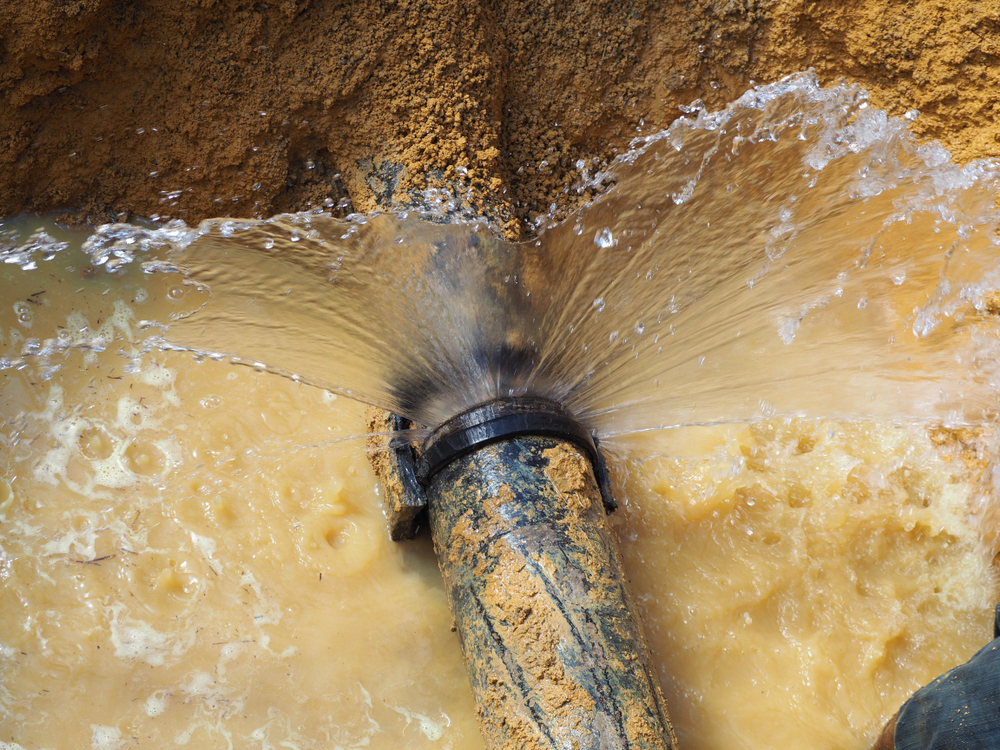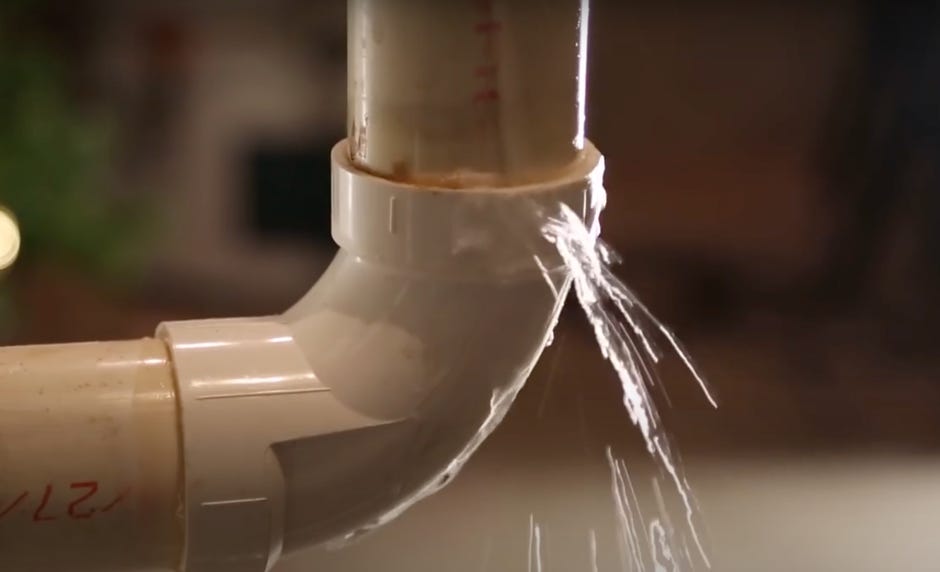Noticing and Speedily Addressing a Burst Pipe: What to Know
Noticing and Speedily Addressing a Burst Pipe: What to Know
Blog Article
What're your ideas concerning How to Prepare for Your Dishwasher Installation?

A ruptured pipe is a significant emergency; you can only stand as you see water you pay very much to reunite with the planet. In even worse instances, you notice a pool on your cooking area flooring, which is a great trip danger, specifically if you have youngsters around. If the pipeline that burst was in your wall surfaces, trouble: you might require to paint that entire area.
Exactly how can a tragedy like a ruptured pipeline be prevented as well as taken care of? Well, by paying attention to your specialist emergency plumbings and adhering to these regulations.
Just how do I understand when my pipelines have ruptured?
Fluctuating water stress
Pipelines do not just burst in a day. You may have noticed that your cooking area faucet or shower doesn't run instantly when you turn the faucet. It may pause for a few secs and then blast you with even more pressure than typical.
In other circumstances, the water may appear regular at first, after that decrease in stress after a couple of seconds.
Contaminated water
Lots of people presume a burst pipeline is a one-way electrical outlet. Quite the contrary. As water drains of the hole or gash in your plumbing system, impurities discover their way in.
Your water might be polluted from the source, so if you can, check if your water tank has any type of issues. Nevertheless, if your alcohol consumption water is supplied and also cleansed by the city government, you should call your plumber quickly if you see or scent anything funny in your water.
Puddles under pipelines and also sinks
When a pipe bursts, the discharge creates a pool. It may appear that the puddle is expanding in dimension, and despite the amount of times you wipe the pool, in a few mins, there's an additional one waiting to be cleaned. Commonly, you might not have the ability to trace the pool to any kind of visible pipelines. This is an indicator to call a professional plumber.
Damp wall surfaces and also water spots
Prior to a pipe ruptureds, it will leakage, a lot of times. If this persistent dripping goes unnoticed, the leakage may finish into a vast gouge in your pipe. One very easy means to avoid this emergency is to watch out for damp wall surfaces ad water discolorations. These water discolorations will lead you right to the leak.
Untraceable leaking sounds
Pipe bursts can take place in the most unpleasant areas, like within concrete, inside walls, or under sinks. When the house goes quiet, you might have the ability to hear an irritatingly persistent trickling noise. Even after you've examined your shower head and also kitchen tap, the leaking may continue.
Precious visitor, the leaking may be originating from a pipeline inside your wall surfaces. There isn't much you can do concerning that, except tell an expert plumber.
Turn up the Heat
Set up fans to blow warmth right into chilly areas. Maintain the garage door shut. If you have actually lowered water circulation, warm the most susceptible pipelines (generally in basements as well as crawl spaces or near outside walls) with a hair clothes dryer. Leave the faucet on while you use warmth. As you thaw ice, the flow will raise. To stop pipes from cold, insulate your walls.
Begin Doing Away With the Water
Get hold of the mop, buckets and also a store vacuum cleaner to start to do away with the water due to the fact that you certainly do not want it saturating right into whatever else in the house. And also, a quick tidy up will lower the opportunities of something obtaining moldy.
What do I do when I spot a ruptured pipeline?
Your water meter will remain to run also while your water wastes. To reduce your losses, find the major controls as well as turn the supply off. The water pipe are an above-ground structure at the edge of your building.
How to Fix & Detect a Leaking Pipe
How Do I Know if a Pipe is Leaking?
Leak detection tests can help you determine if your pipe has a leak. Even if you don’t see an apparent leak, you should still conduct leak detection tests regularly to save water and money—and prevent major damage to your home.
Water meter. It can be helpful to figure out what your usual water meter usage numbers are and then monitor them regularly. To monitor your meter, first, turn off all water faucets in your home. Check the meter and write down the numbers. In a few hours, check the meter again. If the numbers have changed, you have a leak. Water gauge. Use a water gauge to test your water pressure. Your showerhead should produce a certain amount of water pressure based on its model and design. If the pressure is lower than it is supposed to be for that specific showerhead, your home likely has a leak. Puddles. Look inside your bathroom, laundry, and kitchen sink cabinets. Puddles around the cabinets or around toilets, tubs, showers, and washing machines indicate the presence of a leaking pipe. You may also notice loose tiles, peeling or flaking paint, or mold caused by water accumulation. Napkin test. Even if you don’t see any puddles, you may still have a leak. You can test for water leaks in the bathroom, laundry, and kitchen by wiping below-sink connections with a napkin, paper towel, or piece of toilet paper. If it becomes damp, you probably have a leaking pipe under the sink. Discolored walls. Walls that are discolored—usually with brown or yellow stains—or bulging might mean that they have been impacted by water damage caused by a leaking pipe. Smell. A leaky pipe will create sitting water, and over time, that water may develop a musty smell. If your home smells musty, but you can’t locate the source, it may be due to a leak. Steps for Fixing a Leaking Pipe
A leaky drain can be remedied by tightening the pipe base, replacing the drain seal, caulking the rim, and tightening the pipe nut. Similarly, a leaking toilet pipe can be treated by tightening the packing nut. You may also need to replace the valve. A leaky faucet may just need tightening or replacement of the washers. If that doesn’t work, consider replacing your faucet. If your pipe has a hole in it, you may want to use a pipe leak sealer or pipe leak tape. This quick fix for water pipe leaks can also temporarily fix a copper pipe leak. https://www.ahs.com/home-matters/quick-tips/how-to-tell-if-pipes-are-leaking/

Hopefully you enjoyed our part on What to Know Before Installing a Dishwasher. Thanks a ton for spending some time to read through our article. Sharing is good. Helping people is fun. We thank you for reading our article about What to Know Before Installing a Dishwasher.
Overflow issues? Our professionals await. Report this page